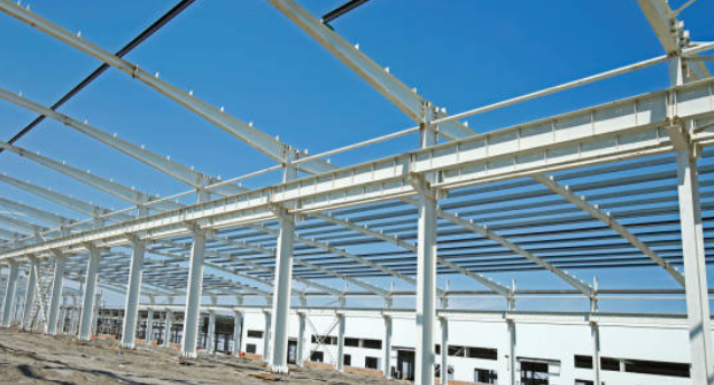
Posted on Wednesday, September 25, 2024
Metal, with its exceptional strength, fire resistance, and longevity, is becoming the material of choice for architects and builders alike. As cities expand and infrastructure demands grow, commercial projects increasingly turn to metal for both the structural framework and building envelopes.
Metal’s superior strength-to-weight ratio allows for the construction of larger, more complex buildings without compromising structural integrity. Unlike wood, which is susceptible to warping, rot, and pests, metal ensures that buildings remain stable and safe over time. Additionally, metal components provide greater fire resistance, a critical factor in safeguarding commercial buildings. This reduces the risk of fire damage, potentially lowering insurance costs and increasing long-term durability.
Roll forming machines play a pivotal role in meeting the growing demand for metal components in commercial construction. These machines efficiently produce precision-engineered beams, purlins, studs, and panels—each critical to the structure and cladding of modern buildings. Whether used for creating the backbone of a skyscraper or the weatherproof exterior of a commercial complex, these components are vital in ensuring structural integrity and energy efficiency.
With roll forming machines, manufacturers can produce custom profiles in various sizes and shapes, allowing for tailored solutions that meet specific architectural and structural requirements. These machines offer high-speed production, ensuring that commercial projects remain on schedule, while their precision guarantees consistent quality for every component.
As the commercial construction industry continues to prioritize strength, safety, and sustainability, the demand for metal—and the machines that produce it—will only grow. Roll forming technology stands at the forefront of this shift, enabling the construction of durable, fire-resistant, and long-lasting structures that define modern urban skylines.
4orequestAnimationFrame((function(){window.__oai_logTTI?window.__oai_logTTI():window.__oai_SSR_TTI=window.__oai_SSR_TTI??Date.now()}))

Understanding Coil IDs, Mandrel Sizing, and Shear Pin Safety in Uncoilers
Posted on Wednesday, October 1, 2025
Mismatched sizes can lead to machine damage, downtime, and safety hazards — often evidenced by a shear pin failure.

How Coil Tensile Strength Affects Roll Forming and How to Adjust Your Machine
Posted on Wednesday, October 1, 2025
Changes in tensile strength can significantly affect the finished profile, causing misaligned bends, uneven edges, and out-of-spec parts.

Why Paint Cracks on an Embossing Line Running Pre-Painted Coil and How to Prevent It
Posted on Wednesday, October 1, 2025
This issue not only affects the visual quality of the product but can also lead to increased scrap rates and customer complaints.

The Most Popular Standing Seam Metal Roof Panels in the U.S. — A Comprehensive Guide
Posted on Monday, September 29, 2025
In this post, we’ll explore what panel styles and sizes are most popular in the U.S